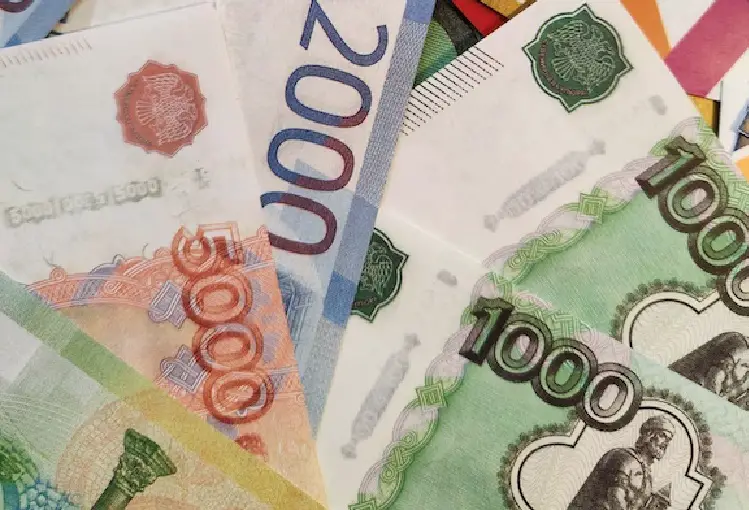Elizaveta Danilova, the director of the financial stability department of the Bank of Russia, said at a press briefing last week that over the past two months, major Russian exporters have been increasingly converting their foreign currency earnings into rubles.
Danilova noted that in October alone, the nation’s 29 biggest exporters increased their net sales of foreign currency by 36% month-over-month, to $12.5 billion. Although she did not give specific data for November, she did note that the exporters have already sold more foreign currency than the total of the entire previous month.
She said the trend increased following the presidential decree of last month, which ordered exporters to sell holdings in foreign currencies and repatriate the revenues. The measure was instituted as a means of supporting the ruble, at a time when it was weakening against the currencies of the West.
Danilova explained, “In October-November this year, the ruble strengthened by more than 10% against the backdrop of rising oil prices and the restoration of the trade balance. The strengthening was also facilitated by the key rate hike, which limited excessive demand for imports and increased incentives for companies to quickly convert foreign currency earnings.”
The day before President Vladimir Putin signed the decree, on October 10th, the ruble had been trading at about 100 ruble to the dollar. By Friday, the ruble had strengthened to the point it was trading at about 90 rubles to the dollar.
Danilova was quick to add that the exchange rate of the ruble in the future would hinge on a number of factors, including foreign trade dynamics, and the price of oil on the global market.

